Wreaths, tinsel, stockings, Christmas tree – just a few of the decorations that transform a house into a place that encapsulates the Christmas spirit.
The Christmas tree is the most integral decorative piece by far. Just imagine a Christmas without it. Where would the presents go and what on Earth would we be rocking around?
Living a more sustainable life does not mean that you have say “sin é” to Christmas trees, but making an informed decision about what type of tree is the most sustainable one is a good idea, before we go off to purchase.
Artificial trees
The good thing about artificial trees is that you can use them year in year out, if you have purchased a high-quality tree. Eamon O’Hare from Christmasland says: “The choice to dispose of an artificial tree is purely a personal choice. Very rarely would it be because the tree has failed.” On average, an artificial tree of high quality can last 10-20 years. 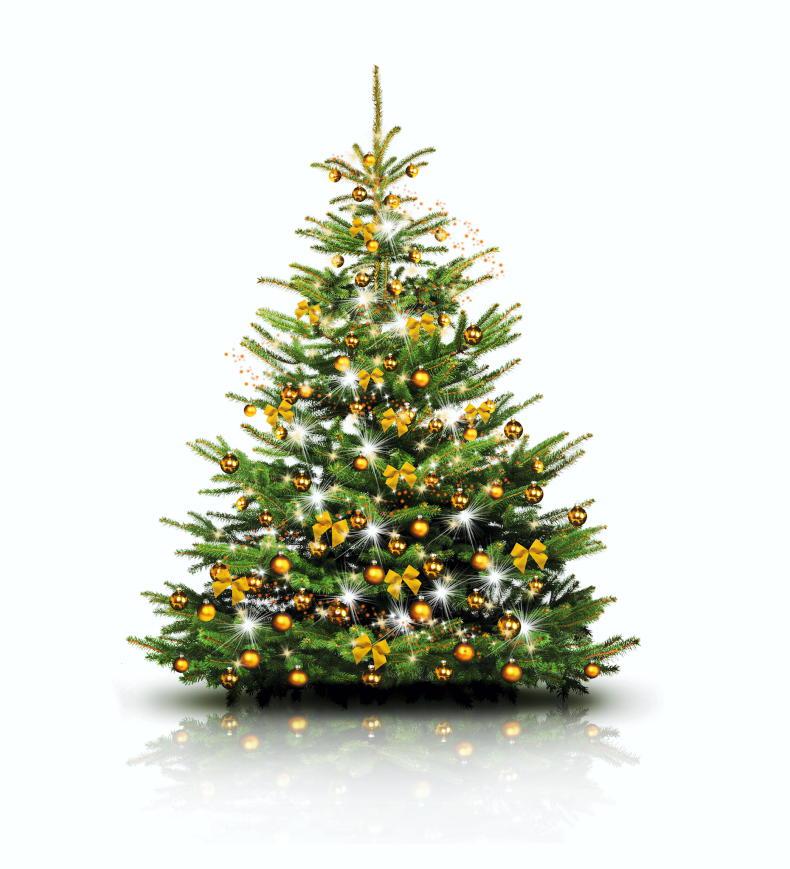
“[Buyers should] make sure that the tree they choose is suitable for the environment,” Eamon says, “to make sure that they’ve got their size correct; that they are not choosing a tree that’s too big or too small, which will maybe cause them to swap it out or change it the following year.”
However, it is important to know that to create most artificial tree needles, polyvinyl chloride (PVC) is used, which is a non-recyclable plastic. The steel frame from artificial trees can be recycled. Many people actually go through the process of separating the steel from the other plastic components. This allows part of the tree to be recycled, but if the tree is discarded as a whole, it will end up in landfill.
Another point that buyers need to take into consideration with regards to sustainability is that at the moment, Ireland does not manufacture its own artificial Christmas trees. This means that the majority of artificial trees are imported from Asia, with the main countries being China and Thailand. The long distance these trees need to travel results in them having a big carbon footprint.
Real trees
The main benefit of purchasing a real Christmas tree is that it is biodegradable.
After the Christmas season, a few companies and county councils around the country take in trees from people which they shred and turn into mulch. This mulch is then used in planting areas, as it acts as a weed suppressant.
As well as that, every Christmas tree will play an important role in carbon sequestration. On average, Christmas trees are grown for eight to 10 years before they are sold; that’s 10 years of absorbing carbon dioxide from the environment and releasing oxygen into it.
Christy Kavanagh from Kavanagh Christmas Trees is former president of the Irish Christmas Tree Growers Association. Christy explains that although trees (conifers) need to be cut down, they are replanted in the spring time, starting the carbon sequestratian cycle again.
“If you use a real tree, that tree is grown like a crop of cabbage – you cut the cabbage, you sell the cabbage and you replant the cabbage, we do the same with the tree. But the artificial tree is made from crude oil, which is a non-renewal resource.”
Packaging
However, some Christmas trees are wrapped in plastic netting to prevent damage to the tree during transport. This is something buyers should be conscious of. Some Christmas tree sellers have switched to string netting made of hemp to move away from non-biodegradable material. Christy says: “We’re working on that as an industry to change that and new nettings are all biodegradable.”
From a sustainability standpoint, taking these arguments into consideration from a point of sustainability, real trees are the better choice. If you want to take the extra step towards an eco-Christmas tree, Christy says, “The most sustainable tree will be a pot-grown tree.” These Christmas trees are grown and sold in pots, meaning no trees need to be cut down.
After Christmas, you can plant them out in your garden or keep them in the pot to re-use the following year. Important thing here is to buy locally-grown trees and stay away from imported ones. Reducing their travel milage will greatly add to their sustainability.
If you still prefer to opt for an artificial tree, it is important to buy one that will last for years. If your tree has failed you, it is up to the individual to go the extra mile of separating different components from the tree and get the maximum recyclability out of the product. Sustainability starts with us, especially around the festive season, it does not mean we will lose out on any fun or atmosphere. It just means we will adapt and find new ways that are just as enjoyable.
Read more
Plucky customers
All you need is Grá
Wreaths, tinsel, stockings, Christmas tree – just a few of the decorations that transform a house into a place that encapsulates the Christmas spirit.
The Christmas tree is the most integral decorative piece by far. Just imagine a Christmas without it. Where would the presents go and what on Earth would we be rocking around?
Living a more sustainable life does not mean that you have say “sin é” to Christmas trees, but making an informed decision about what type of tree is the most sustainable one is a good idea, before we go off to purchase.
Artificial trees
The good thing about artificial trees is that you can use them year in year out, if you have purchased a high-quality tree. Eamon O’Hare from Christmasland says: “The choice to dispose of an artificial tree is purely a personal choice. Very rarely would it be because the tree has failed.” On average, an artificial tree of high quality can last 10-20 years. 
“[Buyers should] make sure that the tree they choose is suitable for the environment,” Eamon says, “to make sure that they’ve got their size correct; that they are not choosing a tree that’s too big or too small, which will maybe cause them to swap it out or change it the following year.”
However, it is important to know that to create most artificial tree needles, polyvinyl chloride (PVC) is used, which is a non-recyclable plastic. The steel frame from artificial trees can be recycled. Many people actually go through the process of separating the steel from the other plastic components. This allows part of the tree to be recycled, but if the tree is discarded as a whole, it will end up in landfill.
Another point that buyers need to take into consideration with regards to sustainability is that at the moment, Ireland does not manufacture its own artificial Christmas trees. This means that the majority of artificial trees are imported from Asia, with the main countries being China and Thailand. The long distance these trees need to travel results in them having a big carbon footprint.
Real trees
The main benefit of purchasing a real Christmas tree is that it is biodegradable.
After the Christmas season, a few companies and county councils around the country take in trees from people which they shred and turn into mulch. This mulch is then used in planting areas, as it acts as a weed suppressant.
As well as that, every Christmas tree will play an important role in carbon sequestration. On average, Christmas trees are grown for eight to 10 years before they are sold; that’s 10 years of absorbing carbon dioxide from the environment and releasing oxygen into it.
Christy Kavanagh from Kavanagh Christmas Trees is former president of the Irish Christmas Tree Growers Association. Christy explains that although trees (conifers) need to be cut down, they are replanted in the spring time, starting the carbon sequestratian cycle again.
“If you use a real tree, that tree is grown like a crop of cabbage – you cut the cabbage, you sell the cabbage and you replant the cabbage, we do the same with the tree. But the artificial tree is made from crude oil, which is a non-renewal resource.”
Packaging
However, some Christmas trees are wrapped in plastic netting to prevent damage to the tree during transport. This is something buyers should be conscious of. Some Christmas tree sellers have switched to string netting made of hemp to move away from non-biodegradable material. Christy says: “We’re working on that as an industry to change that and new nettings are all biodegradable.”
From a sustainability standpoint, taking these arguments into consideration from a point of sustainability, real trees are the better choice. If you want to take the extra step towards an eco-Christmas tree, Christy says, “The most sustainable tree will be a pot-grown tree.” These Christmas trees are grown and sold in pots, meaning no trees need to be cut down.
After Christmas, you can plant them out in your garden or keep them in the pot to re-use the following year. Important thing here is to buy locally-grown trees and stay away from imported ones. Reducing their travel milage will greatly add to their sustainability.
If you still prefer to opt for an artificial tree, it is important to buy one that will last for years. If your tree has failed you, it is up to the individual to go the extra mile of separating different components from the tree and get the maximum recyclability out of the product. Sustainability starts with us, especially around the festive season, it does not mean we will lose out on any fun or atmosphere. It just means we will adapt and find new ways that are just as enjoyable.
Read more
Plucky customers
All you need is Grá





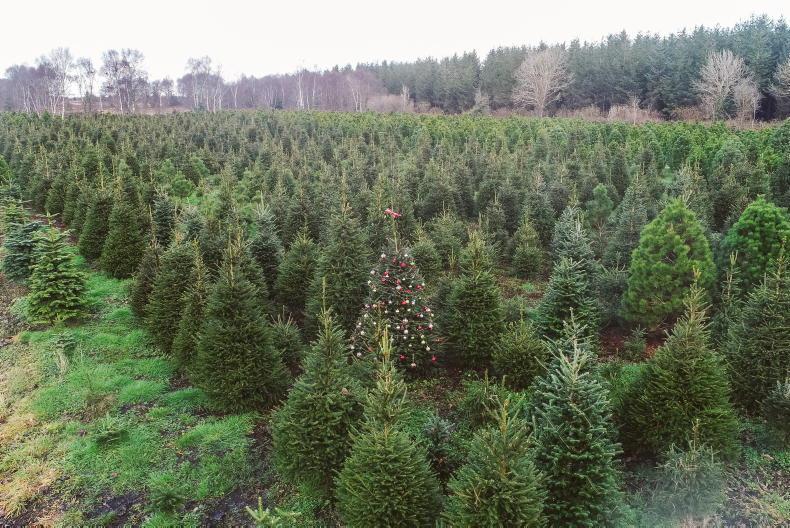
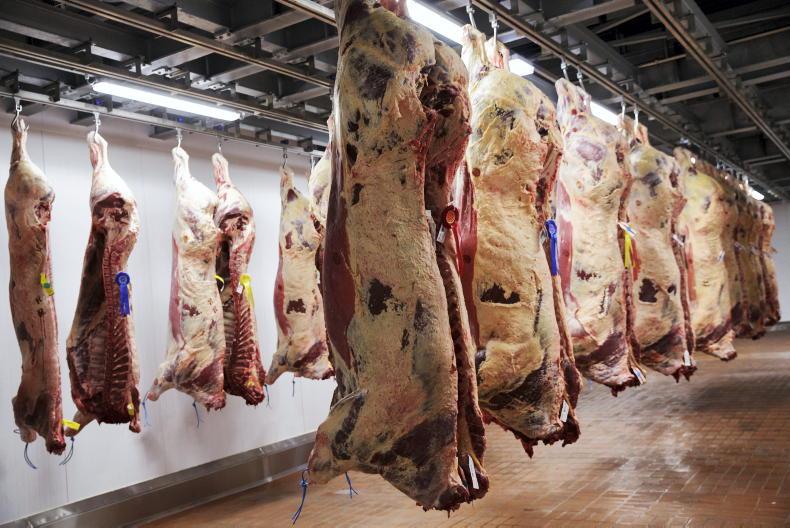

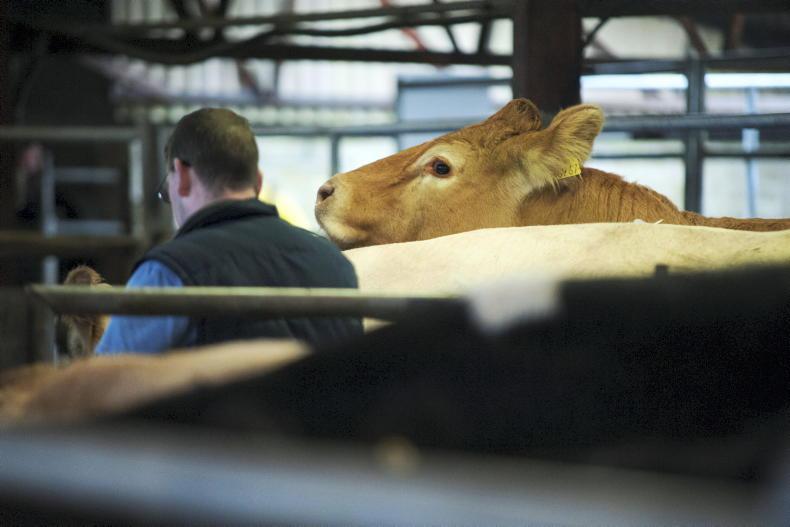
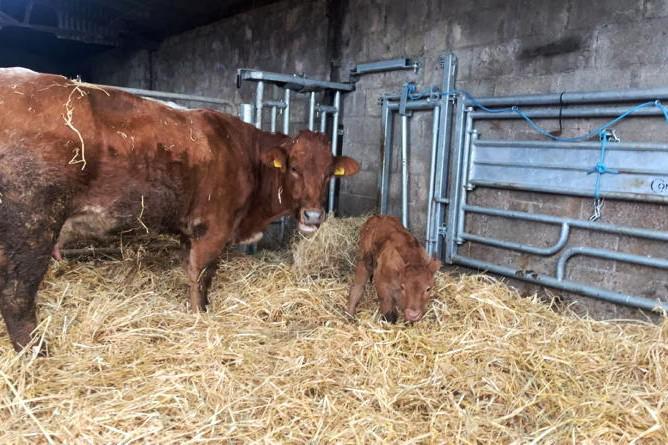
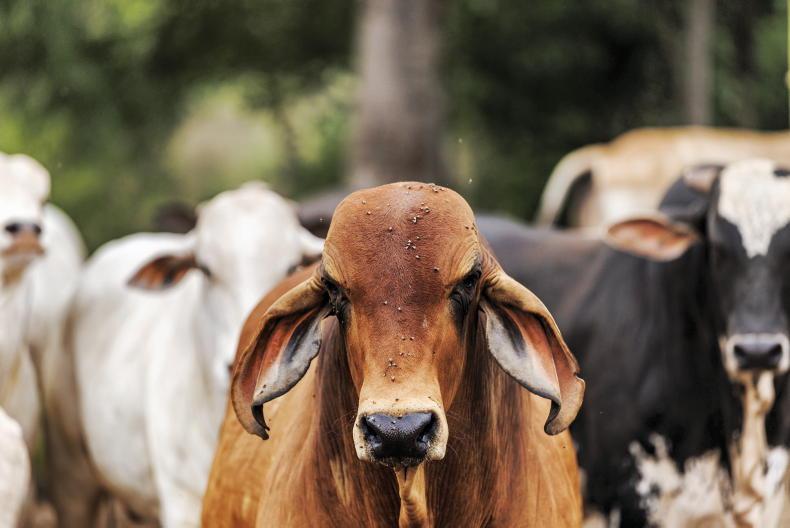
SHARING OPTIONS